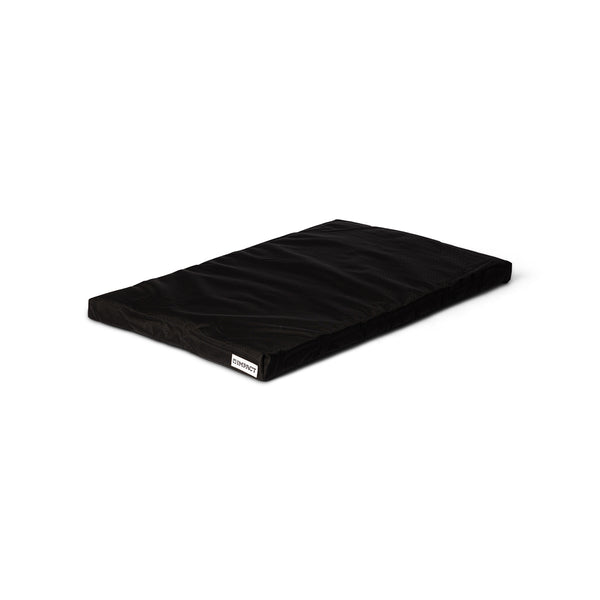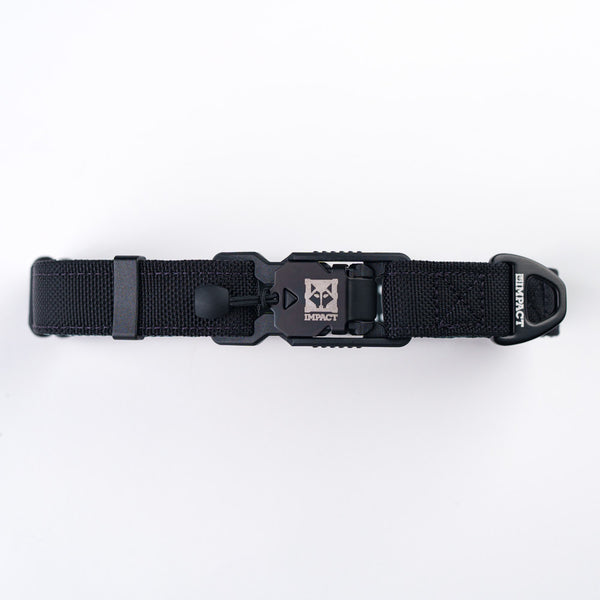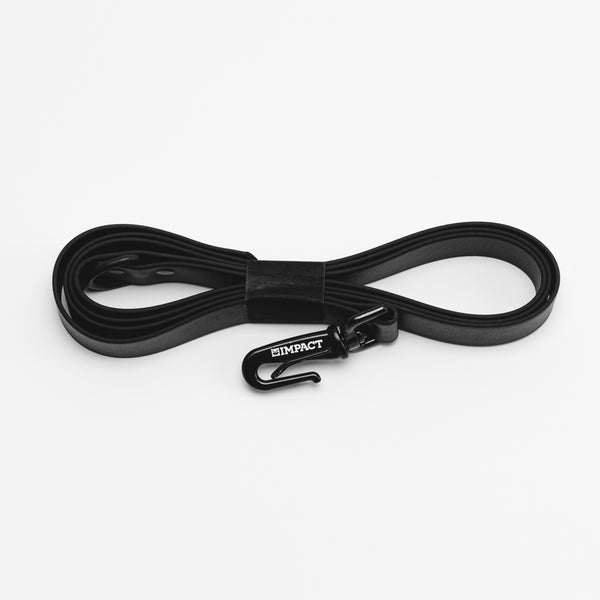As a dedicated dog parent, you constantly try to give your best to your furry family member. This care is also shown in the form of diet, where you usually think twice before offering them human food, wondering whether it’s safe for their health. Among the variety of foods, there is pumpkin as well, and here the question arises, “ Can dogs eat pumpkin?”. The good news is, yes, you can feed them. According to Pooch and Mutt, pumpkins are loaded with nutrients and have many health advantages for dogs. The fruit can be served raw or cooked with seeds as well, but still consult with your vet so that nothing wrong happens. Plus, like all good things, you need to be careful with the amount you offer and to help you out, this blog will share the crucial details such as the nutritional value, health benefits, how to prepare, the risks, and some yummy recipes to keep your dog happy and fit.
Pumpkins: Why Are They Called a Nutritional Powerhouse?
First, let’s discuss why pumpkins are called a nutritional powerhouse. Many say that the fruit is amazingly loaded with important vitamins, fibre, and minerals, turning it into a valuable addition to your dog’s balanced diet in the following ways:
Fibre: Vital For Digestion
One of the most popular advantages of giving a pumpkin to your dog is that it is a rich source of fibre, consisting of both soluble and insoluble fibre:
Soluble Fibre
What is soluble fibre? It dissolves in water and creates a somewhat gel-like substance in their digestive tract, excellent for absorbing extra water, which can benefit diarrhoea. Plus, it helps in slowing down the speed of digestion, making your dog feel full for the rest of the day.
Insoluble Fibre
The name only hints that it does not dissolve in water, adding weight to the stool. As a result, the food moves easily through their digestive system, preventing any chances of constipation. Therefore, your dog gets to experience regular bowel movements instead of straining.
These two types of fibres make the fruit a powerful tool for maintaining digestive health in dogs.
Vitamins A, C, and E in Action
We mentioned in the introduction as well that the fruit is packed with multiple essential major vitamins that boost your dog’s entire well-being:
Vitamin A
Did you know that pumpkins’ bright orange colour comes from beta-carotene, a precursor to Vitamin A? This vitamin is necessary for good vision, immunity, and the health of your dog’s skin. On top of that, it even acts as an antioxidant, shielding cells from damage.
Vitamin C
Vitamin C is another antioxidant which is viewed as an all-rounder. How? The reasons are that it supports the immune system, reduces swelling, and plays a role in producing collagen for healthy joints and skin. Your dog can make their own Vitamin C, but an additional dietary source can work in their favour, especially for older or stressed dogs.
Vitamin E
Vitamin E guards your dog’s cells from oxidative damage, supports immune health, and promotes a healthy skin and coat.
Essential Minerals: Potassium and Iron
Apart from vitamins, a pumpkin is full of essential minerals such as potassium and iron as well:
Potassium
Potassium is an electrolyte crucial for properly functioning nerves and muscles, maintaining fluid balance, and supporting your dog’s heart health.
Iron
This is critical for forming the red blood cells and does wonders in transporting oxygen throughout the body.
Other Beneficial Compounds
The vibrant orange sweet pulp consists of a variety of other beneficial compounds, which are as follows:
Antioxidants
Aside from Vitamins A, C, and E, pumpkin even consists of other antioxidants that assist in neutralising free radicals, decreasing swelling and oxidative stress.
Low in Calories
Pumpkin emerges with fewer calories as compared to other fruits, giving you even more reason to add it to your dog’s diet, especially if they are obese.
High in Water Content
Another good part about a pumpkin is that it has a high water content, keeps up with hydration, and helps furry fellows who don’t drink sufficient water. Therefore, if your dog is a part of similar ones, then you can stock the fruit on your end.
How Is A Pumpkin A Game-Changer For Dogs?
We hope you understood the nutritional personality of a pumpkin. Now, let’s move on to explore the particular health benefits the fruit has in store for your dog. These range from curing common digestive issues to aiding overall health too:
Addresses Digestion Issues
The orange fruit emerges as a medicine to address digestion, such as constipation and diarrhoea. Why? Because of the fibre composition it possesses, making it extremely effective for both ends of the digestive system:
For Diarrhoea
The soluble fibre in the fruit serves as a sponge, taking in extra water in your dog’s digestive tract. This changes the loose stools into a firm clump and slows down the speedy procedure of food from their mouth to the anus, reducing the issue. Furthermore, it even offers prebiotics that feed good bacteria in the gut, endorsing a healthy gut microbiome.
For Constipation
At the same time, the insoluble helps with your dog’s constipation as it adds bulk to the stool, so it passes without your dog’s effort. Then, it even lends a helping hand to trigger peristalsis, the wave-like contractions that move food through their intestines, leading to regular bowel motion. Due to the high water content, the stool will soften, making it easier for your dog to pass.
However, don’t assume that a pumpkin will solve your dog’s persistent digestive issues as well; you will need to visit your vet for that. The fruit is just a tool to treat digestive barriers, not an alternative for professional medical advice.
Promotes Weight Management
Since the fruit has low calories and lots of fibre, it is an excellent source for managing weight in dogs. The factor instils a feeling of fullness in your dog, discouraging them from asking for more food, and when they consume the goodness, they are automatically absorbing essential nutrients as well. Therefore, you use a bit of plain pumpkin as a substitute for your dog’s daily food to lessen the density of calories, without compromising on volume and satisfaction.
Supports Urinary Health
The list of benefits offers support for urinary health as well. How? The reason is that the high water content in the pumpkin can contribute to more urine. In this way, the fruit can flush out bacteria and toxins from your dog’s urinary tract. Hence, if your dog is dealing with an infected urinary tract or dehydration, consider pumpkin your new best friend.
Boosts Immune System
Repeatedly, you read in this blog that a pumpkin is rich in antioxidants, including Vitamins A, C, and E. These play a vital role in supporting your dog’s immune system, helping cells protect from damage caused by free radicals, which are responsible for weakening the immune response. A sound immune system is important for dogs to stay healthy and avoid illnesses.
Enhances Skin and Coat Health
The beta-carotene and Vitamin E in pumpkin are ideal for promoting the health of your dog’s skin and the coat's shine. Vitamin A looks after cell growth and repair, while Vitamin E protects skin cells from getting damaged and maintains your skin's elasticity. Other than these vitamins, Omega fatty acids are also present in the fruit and can boost health.
Provides Antioxidant Protection
The fruit is armed with numerous antioxidants. These compounds are essential for fighting against oxidative stress in your dog’s body, which is associated with ageing, swelling, and many chronic diseases. You can protect your dog’s cells for their long-term health by adjusting a specific amount of fruit in their regular feed.
Supports Hydration
If your dog requires more water, is selective in drinking, especially during warm days, or when sick, the water content of the pumpkin can rescue them. Add a particular quantity of the fruit to their food bowl and see how their fluid intake increases.
How To Prepare Pumpkin For Your Dog?
It’s your job to prepare the pumpkin for your dog safely so they don’t get ill and improve their health. Keep in mind that not all pumpkin products are manufactured equally when it comes to canine consumption; hence, you must offer them the fruit in the following ways only:
Plain, Canned, or Freshly-Cooked
When feeding your dog this fruit, make sure it is plain, canned, or freshly cooked.
Plain Canned Pumpkin
Plain canned pumpkin is usually the easiest and most readily available option. When you go shopping for your dog, search for 100% pure canned pumpkin. Avoid picking the pumpkin pie filling as it contains added spices, sugars, and even xylitol, which is considered an extremely toxic ingredient for your dog. Even after purchasing the can of plain pumpkin, kindly double-check the list of ingredients.
Cook Fresh Pumpkin
Bring home some fresh pumpkin and cook it yourself:
How To Prepare? - Remove the seeds, skins, and stringy bits to boil, steam, roast, or bake the pumpkin until it’s soft and mashable.
No Seasonings - Serve it in its plain form, no need to add any sort of seasonings such as butter, oil, sugar, or salt.
What to Avoid?
Raw Pumpkin
Raw pulp is not harmful, but it can be difficult for your dog to eat and digest, resulting in major stomach upsets.
Pumpkin Skin and Stem
Cut the skin and stem as these parts are tough to eat and pose a choking risk of being indigestible. Therefore, be careful on your end.
Pumpkin Seeds
You can feed a few roasted pumpkin seeds because raw or large portions of seeds can choke them or lead to digestive upset. Hence, even if you got a packet, just see that they are unseasoned and unsalted.
Pumpkin Pie Filling
No matter how tempting this looks, don’t buy pumpkin pie filling as it carries toxic additives.
Pumpkin Spice Products
That is a red flag wherever you spot any human foods or drinks featuring pumpkin spice. It means they have nutmeg, cinnamon, and other spices that can annoy the dog’s digestion and are poisonous too.
The Amount Of Pumpkin You Can Give Your Dog
The amount of pumpkin you can give to your dog depends on their size and individual requirements, and because it’s a new food, you need to start with small quantities, as you do and notice if the fruit suits your furry fellow or not:
General Guidelines
Small Dogs
Small dogs that are under 20 lbs should be given ½ to 1 teaspoon per day.
Medium Dogs
If your dog is between 20-50 lbs, then 1 to tablespoons per day would be just fine.
Large Dogs
The ones who are over 50 lbs can be given 2 to 4 tablespoons per day.
Frequency
In case your dog is dealing with constipation or any other digestive problem, you are allowed to give the fruit once or twice a day until the problem finishes. However, to manage weight or general dietary supplementation, you can increase the frequency up to a few times a week or daily, but in small amounts.
Gradual Introduction
New food items must be introduced slowly. Hence, begin with a tiny amount for a day or two, then gradually give more if your dog can digest it. This keeps your dog safe from digestive interruptions.
Possible Risks
The fruit is viewed as safe and good for your furry companion, but there are some considerations and possible risks that you, being a dog parent, have to know:
Avoid Overfeeding
Avoid overfeeding pumpkin, as that can result in the opposite of its intended effect. The fibre content can fill your dog’s stomach with gas and twists, bloat, or even loose stools. Hence, it’s better to stick to the vet’s recommended serving size or the general guidelines. Otherwise, the new menu entry can quickly become a nightmare.
Imbalances Nutrition
The fruit is not a meal replacement that you keep feeding your dog, but a treat or medicine. Yes, a pumpkin is nutritious, but it still doesn’t provide all the major nutrients that your dog requires for a complete and balanced diet. Therefore, too much pumpkin imbalances nutrition and your pet’s diet must be of high-quality, commercially prepared or a homemade one sharing your vet’s approval.
Allergic Reactions
Despite appearing with many benefits, like any food, your dog can have an allergic reaction to pumpkin. The reaction signs might involve hives, itching, vomiting, swelling, or diarrhoea, so in case you observe any signs of an allergic reaction, kindly stop adding the fruit to their chart. And, if matters become worse, talk to your vet.
Pumpkin Pie Filling’s Sugar Level
Pumpkin pie’s filling has a high level of sugar, which is extremely dangerous for your dog and can be especially dangerous if your wagging tail has diabetes or a strong history of developing the illness. Hence, remained confined till the usage of plain pumpkin only.
Interacts With Medications
Pumpkin is safe, but if you give any kind of medications to your dog, especially for constipation or blood sugar regulation. It is highly recommended to consult your vet instead of rushing to introduce pumpkin as the fibre might hinder the absorption of specific medications.
Innovative Pumpkin Serving Ideas For Your Dog
We have some really innovative pumpkin serving ideas for your dog that you can use alternatively, without going overboard with the recommended portions:
Mix In Regular Food
One of the simplest and most common methods is to take a spoon and put a small amount of plain canned pumpkin into your dog's regular wet food or biscuits. Most dogs find the taste delicious.
Stuff A Kong
If you have Kongs or other toys with which your dog loves to interact, then use those to stuff the fruit. The technique also lets you freeze, making it a refreshing treat, especially for hot temperatures. This style keeps them distracted and provides mental relaxation, too.
Make Ice Cubes From Pumpkin
Another creative option is to make ice cubes from pumpkin with a little water or some low-sodium bone broth. Then pour the mixture into your ice cube tray, freeze it for later use and see how your dog enjoys eating it.
Form a “Pup-kin” Puree Topper
Grab a bit of plain pumpkin and mix it with a small amount of plain yoghurt, to be precise, Greek yoghurt, or applesauce without added sugars, for a nutritious food topper. Serve the puree according to the suggested quantities.
Bake Homemade Pumpkin Dog Biscuits
Do you like baking? You can always bake pumpkin biscuits for your dog. Simply assemble ingredients such as oat flour, whole wheat flour, and plain pumpkin and do what is necessary. You will say it is a much better option than store treats.
Conclusion
Yes, you can feed pumpkins to your dog, but in recommended amounts and particular forms, or else the situation can lead to negative consequences. However, if your dog shows weird signs after consuming the fruit, take them to the vet.














